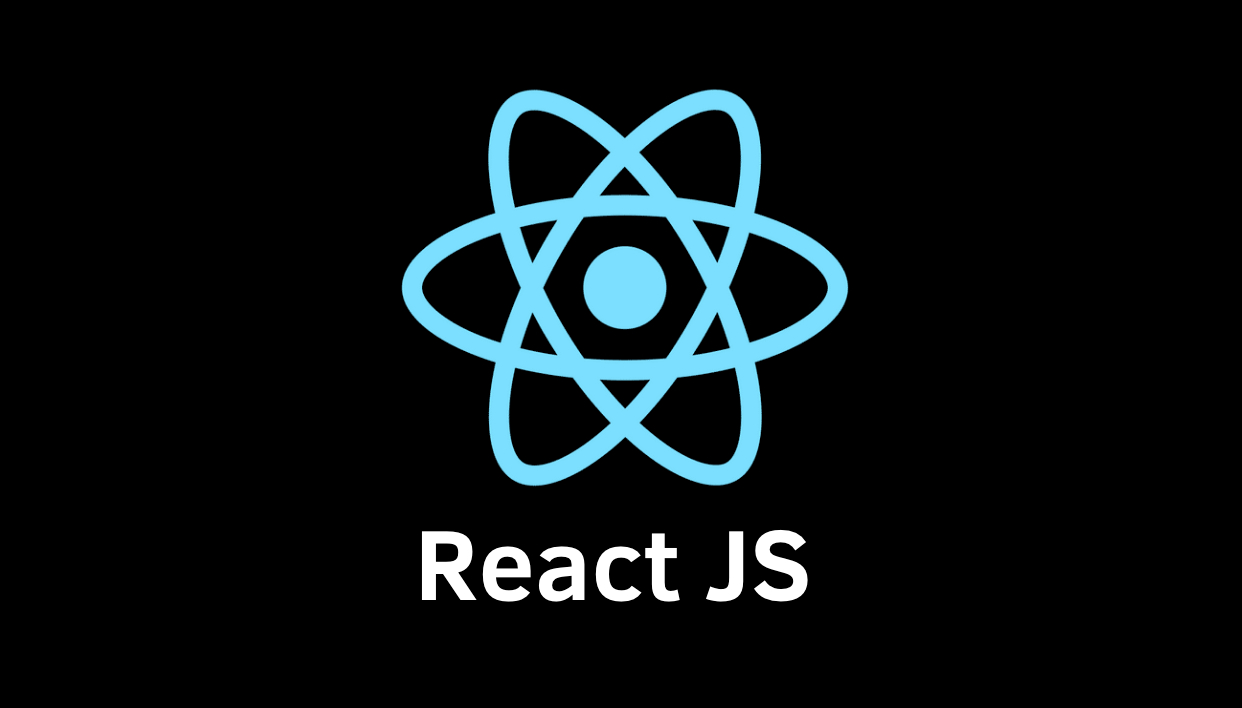"Introduction to ReactJS: Building Dynamic User Interfaces"

$74.99
$89.99
ReactJS is a popular JavaScript library used for building user interfaces. It allows developers to create dynamic and interactive web applications with ease. ReactJS uses a component-based approach, where different parts of the user interface are broken down into reusable components. This makes it easier to manage and maintain complex applications. ReactJS also has a virtual DOM, which helps improve performance by only updating the necessary parts of the user interface when changes are made. It is widely used in the development of single-page applications and is supported by a large and active community.
Learn more
 0
0